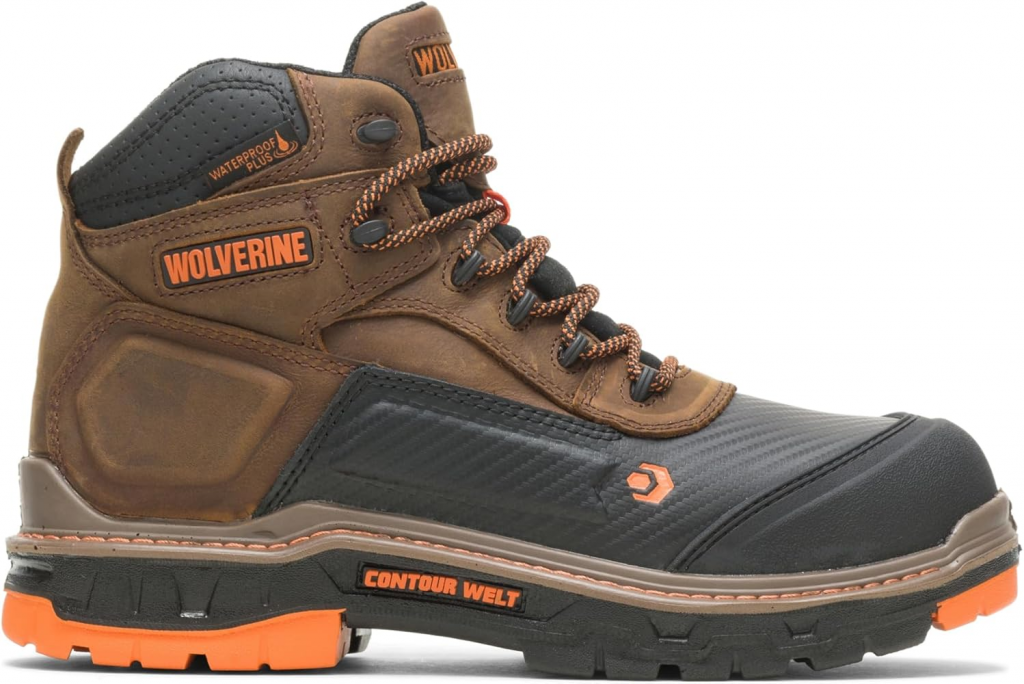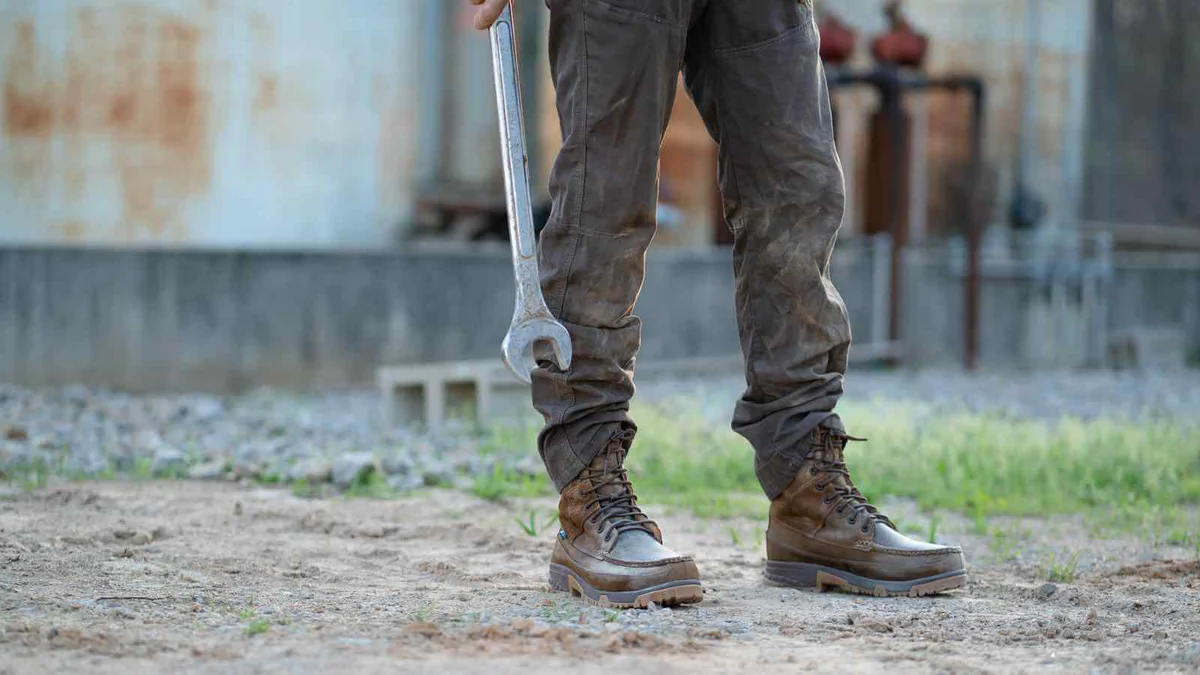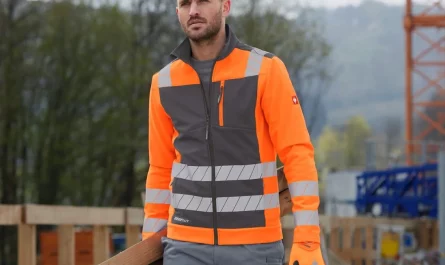In construction, woodworking, or any hands-on trade, your feet are constantly exposed to hazards—falling tools, heavy equipment, sharp objects, and slippery surfaces. That’s why safety boots are a cornerstone of personal protective equipment (PPE). These boots combine durability, comfort, and protection, making them essential for professionals and serious DIYers alike.
History and Evolution of Safety Boots
The concept of protective footwear dates back centuries, but modern safety boots began to take form in the early 20th century alongside industrial safety reforms. Initially crude and heavy, early models prioritized steel reinforcement but lacked comfort.
By the mid-1900s, innovations in materials—like rubber soles and composite toes—improved wearability. Today’s safety boots are lightweight, ergonomic, and engineered for specific trades and environments, offering protection from crushing, punctures, electric shock, heat, cold, and chemical spills.
Types of Safety Boots and Their Applications
1. Steel Toe Boots

Description and Use:
Steel toe boots remain the gold standard in workplace foot protection, trusted across industries for their proven safety and reliability. These boots are built with a reinforced steel cap integrated into the toe box, specifically engineered to shield the feet from serious injuries caused by falling tools, heavy materials, or rolling machinery. The hardened steel acts as a barrier against impact and compression, making them an essential choice in high-risk job environments.
Ideal for demanding professions such as construction, metalworking, manufacturing, and warehousing, steel toe boots offer peace of mind where blunt-force hazards are a daily reality. Although heavier than alternatives like composite or alloy toe caps, steel provides exceptional durability and long-lasting protection that stands up to extreme conditions.
Many modern steel toe boots also feature additional safety enhancements, such as puncture-resistant midsoles that prevent sharp objects from penetrating the bottom of the foot. Some models are equipped with heat-resistant rubber soles, which are particularly beneficial for work on hot surfaces like foundries or asphalt paving sites. Others offer slip-resistant outsoles and waterproof linings to increase overall safety and comfort.
Technical Characteristics:
- Steel toe cap meets EN ISO 20345 or ASTM F2413 standards
- Anti-slip, oil-resistant outsoles
- Optional puncture-resistant midsoles
- Weight: Typically 1.5–2.5 kg per pair
Price Range:
€50 – €150
2. Composite Toe Boots

Description and Use:
Composite toe boots offer a modern alternative to traditional steel toe footwear, designed for those who require reliable protection without the added weight or conductivity of metal. These boots feature safety toes made from advanced non-metallic materials such as Kevlar, carbon fiber, plastic, or fiberglass. While lighter than steel, these composite materials still meet or exceed safety standards for impact and compression resistance.
Ideal for environments where metal-free footwear is necessary, composite toe boots are a top choice for electricians, airport personnel, security workers, and professionals in high-tech or sensitive areas. Because they do not conduct electricity, they are particularly well-suited for electrical work, reducing the risk of electric shock. Additionally, they will not trigger metal detectors, making them convenient for secure facilities or travel-intensive jobs.
Beyond their safety features, composite toe boots are known for their enhanced comfort. Their lighter construction reduces foot fatigue during long shifts, while their insulation properties make them more suitable for both hot and cold environments. This makes them a great option for outdoor work or jobs that demand long hours on your feet.
Technical Characteristics:
- Non-metallic toe cap rated to same impact standards as steel
- Electrical hazard (EH) protection
- Often combined with waterproof membranes or insulation
- Weight: 25–30% lighter than steel toe models
Price Range:
€70 – €180
3. Metatarsal Guard Boots

Description and Use:
Metatarsal guard boots are designed for environments where foot injuries can extend beyond the toe area, offering superior protection across the top of the foot. These specialized boots feature a built-in or external guard that covers the metatarsal region—the bones extending from the toes to the ankle—providing a shield against severe impact injuries caused by falling tools, heavy machinery, or molten metal splashes.
Commonly used in high-risk industries such as foundries, welding shops, heavy manufacturing, and metal fabrication, these boots go a step further than standard safety footwear. They are essential in environments where blunt-force trauma or extreme heat exposure is a daily risk. The metatarsal guards are typically made from impact-resistant materials and are either integrated into the boot’s design or attached externally for easy replacement or added flexibility.
Many metatarsal guard boots also include steel or composite toe caps, combining layered protection in one heavy-duty package. While this added protection can make them bulkier and heavier than traditional safety boots, they provide critical coverage for some of the most vulnerable areas of the foot.
Technical Characteristics:
- Internal or external metatarsal protection
- Reinforced toe cap and puncture-resistant sole
- Heat- and flame-resistant materials
- May include heat-dissipating soles
Price Range:
€90 – €250
Common Applications in Trades and DIY
- Construction Sites: Steel or composite toe with slip-resistant soles and puncture protection.
- Electrical Work: Composite or non-metallic toe with EH (electrical hazard) rating.
- Warehouse & Logistics: Lightweight composite or alloy toe for long shifts with a focus on comfort.
- Outdoor Work: Waterproof, insulated boots for farming, forestry, or winter maintenance.
- Fabrication & Welding: Metatarsal guards and heat-resistant soles to prevent injury from sparks and falling metal.
Conclusion
Safety boots are more than just workwear—they’re a vital piece of personal protective equipment for anyone working in hazardous environments. Whether you’re a professional tradesperson or a serious hobbyist, the right pair of boots serves as a critical defense against a range of jobsite dangers, including impact injuries, electrical hazards, punctures, slips, and exposure to extreme temperatures.
Today’s safety boots come in a wide variety of styles and protective features to suit every profession and condition. From classic steel toe designs to advanced composite materials and metatarsal guards, there’s a boot built for every task. Many models also offer additional benefits like waterproofing, insulation for cold environments, slip-resistant soles, and breathable linings for all-day comfort.
Choosing the correct type of safety boot is about more than just meeting a dress code—it’s about ensuring your well-being and maintaining your ability to work confidently and without interruption. A well-fitting, properly selected boot can reduce fatigue, improve stability, and protect against long-term injury.
Just as important as selecting the right pair is caring for them. Regular cleaning, inspection, and replacement when worn ensures continued protection. By investing in quality safety boots and maintaining them properly, you’re safeguarding not only your feet—but your livelihood, one step at a time.


